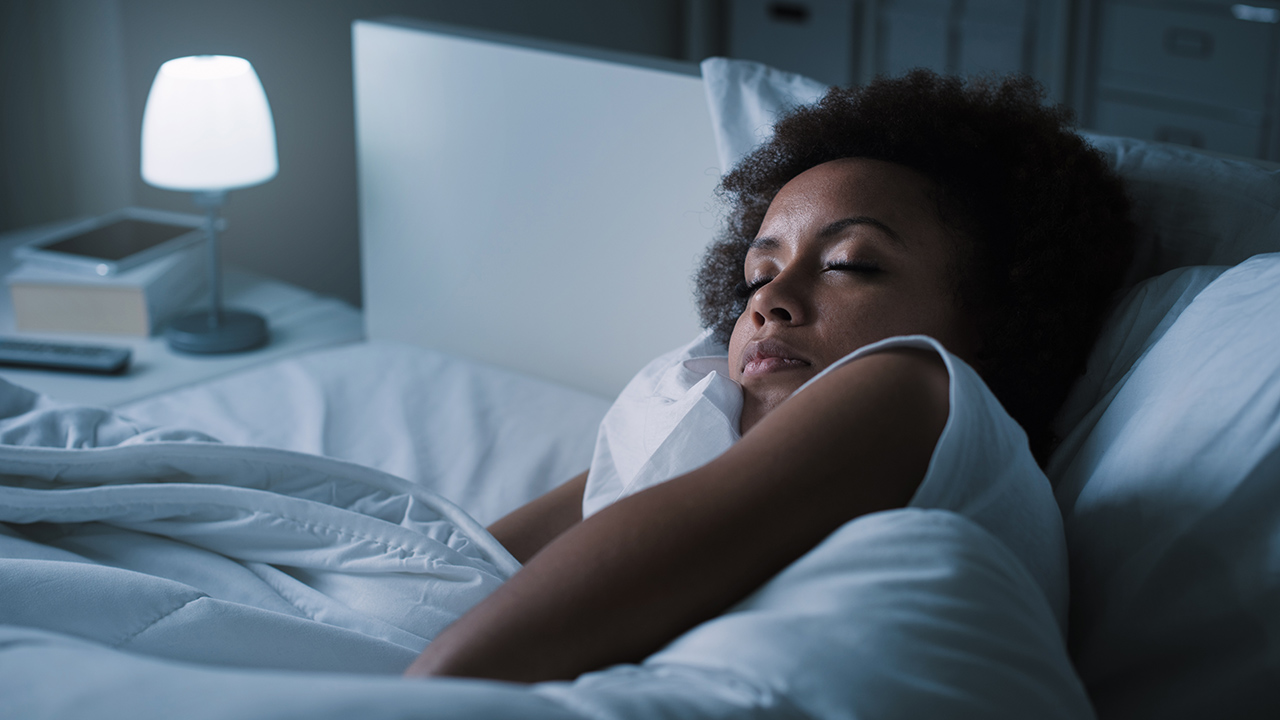What the latest science is telling us about how we sleep
In the largest study of its kind, Sunnybrook researchers have characterized the structure of normal sleep. The findings of the study “Normal Polysomnography Parameters in Healthy Adults: A Systematic Review and Meta-Analysis” have been published in The Lancet Respiratory Medicine.
“Many of us believe that as we age, we lose sleep,” says Dr. Mark Boulos, sleep neurologist at Sunnybrook Health Sciences Centre and the study’s lead author. “What we discovered is that as people get older, their sleep doesn’t change dramatically.”
Dr. Brian Murray, head of neurology at Sunnybrook, conceptualized the study and notes, “One very interesting finding is that the percentage of deep and dreaming sleep remains remarkably constant in healthy people over their lifespan.”
The researchers reviewed data from 169 published sleep studies that collectively examined 5,273 healthy adult participants.
“We looked at various sleep parameters, for example, how long it took a person to fall asleep, and the duration of different stages of sleep,” says Dr. Boulos. “Using our study data, we were able to determine the impact of age and sex on the various sleep parameters.”
Researchers analyzed the data to determine normal values for different age groups, which showed only a very slight decrease in sleep as healthy people got older.
Dr. Boulos explains that the brain circuitry involved in maintaining sleep may change over time, and some people are not able to stay asleep quite as long because of a change in brain health.
“As we get older, we’re likely picking up other medical disorders that impact sleep,” says Dr. Boulos. Examples include obstructive sleep apnea, or medical disorders that cause pain. Many common medications can also alter sleep quality.
While both men and women had some decrease in sleep quality at around 50 years of age, it was at age 65 years that women had a particularly more difficult time falling asleep. “It takes everyone longer to fall asleep at this age. For men, it took about three minutes longer, but for women it was 12 minutes longer compared to earlier in life,” says Dr. Boulos.
“The change for women could be due to a number of factors,” explains Dr. Boulos. “It could be a hormonal change, such as menopause. Life changes, such as illness or death of a spouse or significant other can also play a role.”
The findings from this study were based on the latest sleep study scoring criteria, which were published in 2007. Dr. Boulos says the study findings will help provide doctors and researchers with a reference standard for normal sleep in the laboratory.
He adds the findings are also a benefit to patients and their families.
“We now have an understanding that sleep doesn’t actually change too much over time and if a person’s sleep is changing a lot, they should connect with their doctor to look at the possibility of other medical conditions that might be impacting their sleep.”
Media contact:
Communications and stakeholder relations
Sunnybrook Health Sciences Centre
416-480-4040



